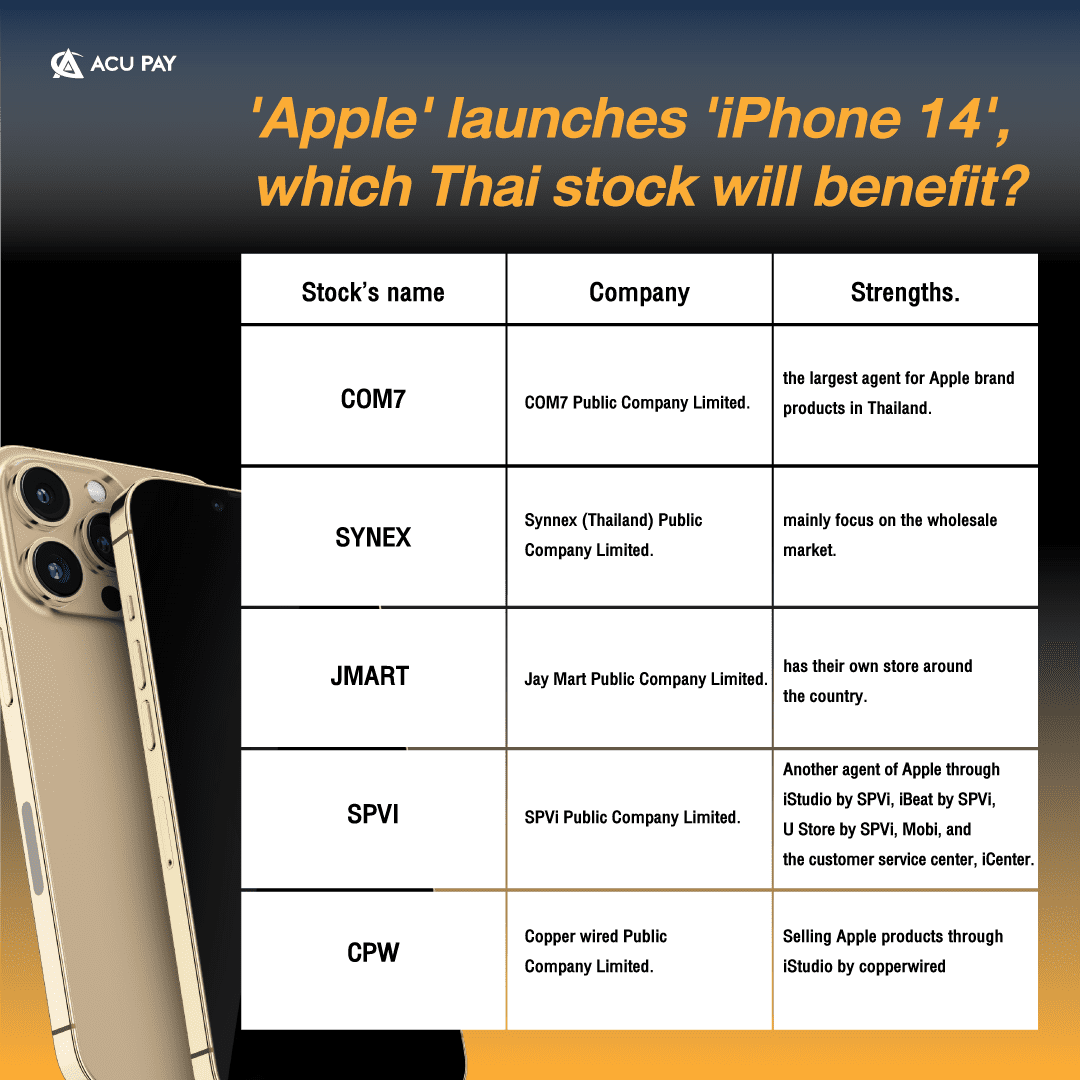

Before we get into the similarities and differences between e-Money and bank deposits, let’s get to know the meaning first.
The value of money that is recorded in electronic form (such as a computer chip on a physical card or plastic card, or telephone network or internet network) which users have paid or top-up in advance or pre-paid through a bank account to the e-Money service provider, also known widely as an e-Wallet, which can be used to pay for products or services at a shop that accepts payment.
It is an e-Money service that is used to purchase a specific product or a specific service as pre-defined items from a single service provider. In addition, there are exempt service providers, such as e-Money cards used to buy food in food courts at department stores.
It is an e-Money service that is used to purchase goods or services from service providers at places that are under the same distribution and service system, such as franchises. businesses or distributors with the same symbol or trademark, such as gas stations. Businesses with the same service model, such as mass transit systems, Businesses that are under the same group management policy, such as affiliated companies, and Businesses that operate in the same area or distribution area, such as shopping centers.
It is an e-Money service that is used to buy goods or services from multiple service providers without limiting the location and not under the same distribution and service system, such as using it to pay for goods or services sold through websites, the Internet, or shops that accept e-Money payments, such as shopping centers.
Deposits are all types of bank deposits, certificates of deposit issued by banks, special savings lottery tickets, etc. In other words, a deposit is a savings account that is displayed in a bank account. At present, there are many types of bank deposits, divided into 5 types as follows:
You can use the bank’s deposit or withdrawal service at any time and as many times as you want, and you can write a check to make a payment with money in your account. Deposits are protected by deposit institutions to the extent required by law.
Deposits that depositors can withdraw at any time by bringing the documents to withdraw at the bank or withdraw from an ATM
Deposits that depositors can withdraw at any time by bringing the documents to withdraw at the bank or withdraw from an ATM.
Short Term: This is a form of deposit with a deposit term of 1 month. The bank will pay interest at the maturity of the deposit and withhold tax. The net interest is then added to the principal. (Compound interest).
Normal: A fixed-deposit account in which you can deposit funds for as long as you want. Whether it is a short-term fixed deposit or a long-term fixed deposit, it is low-risk and can be used as a guaranteed credit.
Use it as collateral, apply for credit, or use it as a guarantee. Interest is usually paid at the end of the chosen deposit period.
deposit accounts for individuals or juristic persons who wish to deposit funds in foreign currencies such as US dollars (USD), euros (EUR), yen (JPY), etc. Use it as collateral, apply for credit, or use it as a guarantee. Interest is usually paid at the end of the chosen deposit period.
Usually, when you want to use the money deposited in the bank, you have to transfer or withdraw the deposit to spend directly, making it safe and not risky with high liquidity through intermediaries or banks. Which is different from “e-Money”. The intermediaries are financial institutions and non-financial operators (non-banks) under the payment system law.
Service providers will issue e-money to users who top up to pay for goods and services on specific networks that accept e-money, which may be in the form of cards such as electric train cards or top-up cards. Or in the service provider networks such as TrueMoney, Rabbit, LINE Pay, ShopeePay, GrabPay, and ACU PAY. The value of e-Money in the electronic wallet is equal to the value of the money added. There will be promotions and privileges for users who use e-Money through that service provider.
In summary, e-Money is electronic money that is converted from money transfer or cash for electronic payment. For convenience and to receive special promotions from service providers. For example, using e-Wallets to pay for products and then receive promotions and discounts, which are different from money transfers or paying in cash, where we pay in full, but there are no special discounts, or like Easy Pass, where we have to top up the card to pay through the card. instead of paying cash.